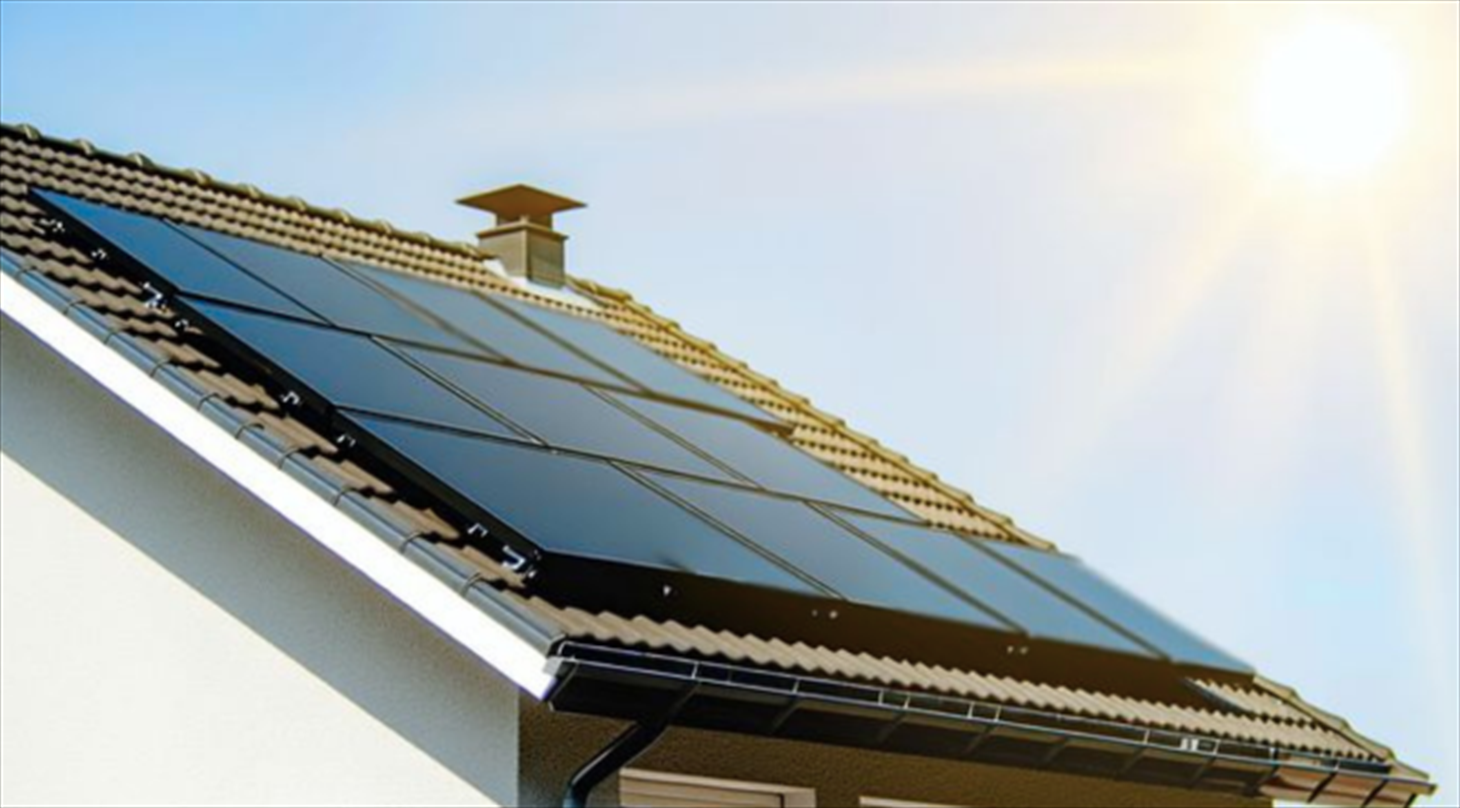
What is solar heating?
If you are interested in the field of solar energy, what solar heating is and how it works, we have collected some useful information for you here.
Read more about solar cells here
What is solar heating?
Solar heating is the proces by which the sun's natural and renewable energy is exploited. Solar heating makes it possible to produce an environmentally friendly energy supply, which can replace fossilized fuels and reduce the emission of CO2 and other damaging substances in the atmosphere.
The sun's rays consist of enormeous amounts of energy, which turn into heat in a single or closed circulation through a solar heating system. Today, more than 40.000 solar heating systems can be found in Denmark, where the chief part is used for heating of domestic water and a smaller part is used for a combination of hot water production and heating of radiators.
Supplement to existing energy resources
Solar heat (also called thermal solar energy) has many usabilities and is a good supplement to a building's other energy sources, such as natural gas, oil-fired burners, burning boilers, heat pumps and electric heating.Hereby, solar heating reduces the need for natural gas, firewood, electricity and so on. With a solar heating system, you can become partly self-sufficient, because the system produces energy, heat and hot water for private consumption. It is also possible to use solar heating for heating of the building, for example through underfloor heating.
Moreover, solar heating can be applied in bigger systems to, for example, heating of swimming pools, housing blocks and institutions. Solar heating can also be used in collective systems connected with district heating systems. These are often combined with biomass, such as wood pellets, wood chips and straw.
How does a solar heating system work?
A solar heating system consists of one or several sunlight collectors. A sunlight collector is in principle a black surface (an absorber), which catches and absorbs the sun's energy. The absorber contains an anti-freeze liquid, which is heated by the sun's rays and leads the solar energy to the hot-water tank in the building. Here, the liquid yields its heat and flows back to the sunlight collector, which is then cooled by the returning liquid.
Besides the sunlight collectors, a solar heating system consists of a ring of sunlight collectors, which is made up of a storage tank and a pipe system. The solar heat is carried via the pipes and the storage tank to the building's hot-water tank.
The size of the system
The size of the solar heating system depends on the size of the household. One rule of thumb says that approximate 1-1,5 m2 sunlight collectors are needed per person in the household for a system, that is used for heating of water. A family consisting of 3-4 people requires an area of 4-6 m2 sunlight collectors (2-3 panels). A system of this size will normally be able to cover 60-65 % of the family's yearly energy consumption for hot water. It will also be big enough to cover the family's need for hot water for 4-5 months in the summer half-year.
The location of the system
Sunlight collectors can be placed at any location as long as it is shadeless. In this way, you can choose to place the sunlight collectors on the roof, earth, annex, greenhouse and so on.You get the best output from the solar heating system when the sunlight collectors are turned south, and when the inclination is between 30 to 60 degrees.
The location of the sunlight collectors is often connected with the way the building looks. In older houses, the neatest solution might be to place the sunlight collectors other places besides the roof, and in new buildings, it is possible to incorporate the sunlight collectors in the building.